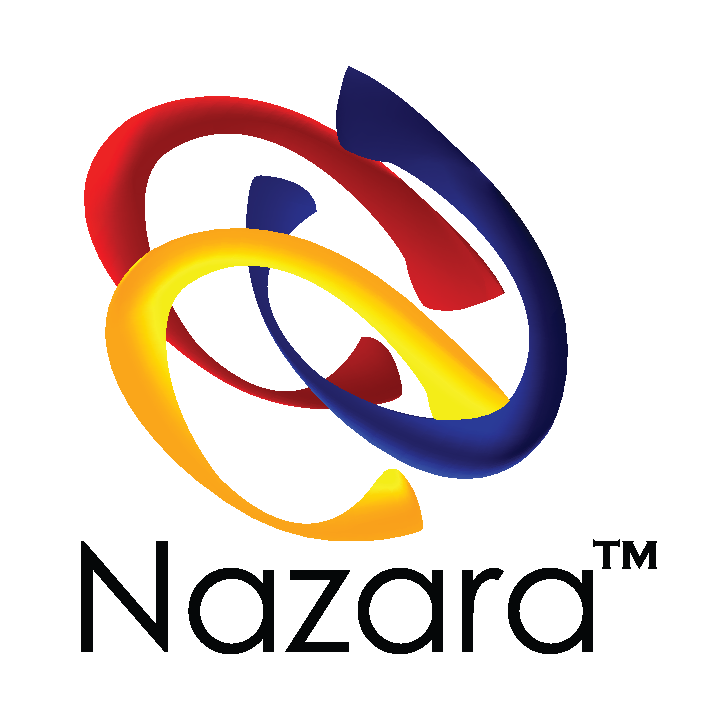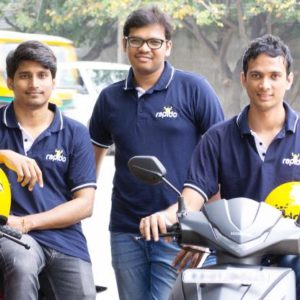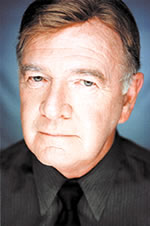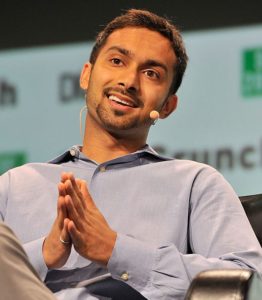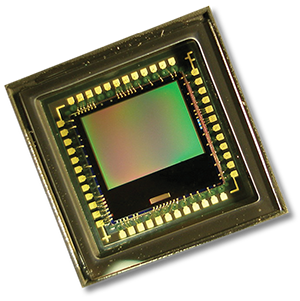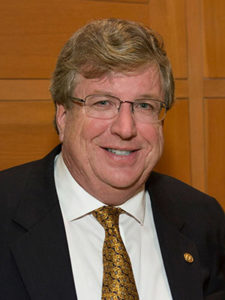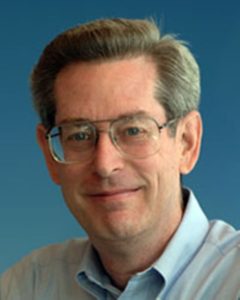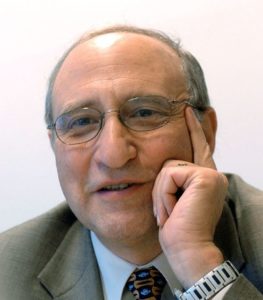Nitish Mittersain : The Founder of Leading Mobile Games Publishing Company in India, ‘Nazara Technologies’
The thrill gaming world brings to us, especially to the youngsters, is boundless. To plan a start-up based on gaming technologies brings with it a great potential to flourish in future. But, in a country like India, the major part of the crowd doesn’t support this unorthodoxy. Indian families always oppose the idea of gaming and even being a part of it. So, thinking about a gaming start-up is next to being delusional.
But, breaking all the social norms Nitish Mittersain, a boy from a typical Indian Marwari family, made bigger plans and established his gaming company, Nazara Technologies. Nitish Mittersain is an entrepreneur who founded India’s leading mobile gaming company in 2003. He was always passionate about video games and so decided to build his future around his interest without any hesitation.
Early Life of Mittersain
Since Mittersain belonged to a Marwari family, he was expected to join his father’s textile business after he completed a degree in MBA. But Mittersain as a very young kid was strongly attracted to the world of gaming and coding. His room used to be full of modems, video and computer games of all kind. Thinking that every kid loves to play video games, his father gifted him a ZX Spectrum, but little did he know that this is just the beginning of something incredible and unexpected. Receiving this gift was just like a spark that ignited the passion of gaming in him, and he coded his first game at an age of seven.
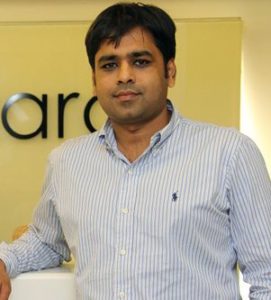
During his college life, Mittersain started a bulletin board service which helped him connect to many influential and famous people over the internet. And this is how he got an opportunity to come across the 1960s actor, Shashi Kapoor. Apart from being known as a talented actor, he also showed great interest in technology and the internet. After his cinematic career, Kapoor engrossed himself in spreading of technology, and that’s how both, Mittersain and him, hit a common ground to discuss. Mittersain spoke to Kapoor almost every day, regarding the perfect blend of entertainment and technology. And, Kapoor was the one who inspired him and gave him ideas to start his own business. Getting motivated enough, Mittersain decided to launch his gaming company, Nazara Technologies, when he was still in college.
Beginning of the New Business
Nitish Mittersain founded Nazara Technologies in 2000 in Mumbai. But land swept off from under his feet after an unfortunate incident took place. The first dotcom crash in that very year made him question his decision repeatedly and whether to back off or not. But, he didn’t want to shut down his business as it was the doorway to his dreams. He tried his best to survive the bubble burst and with some clear strategies and a little luck he finally survived the crisis.
Stepping Ahead of Others
Being an entrepreneur with an innovative idea, he was already one step ahead of his competitors. And, in the early 2000s, there weren’t many companies in India that planned to develop gaming technologies. So, using it to Nazara’s advantage, Mittersain’s first strategy was to invest in advertisement and brand campaigning. He knew that once it captures the attention of mass, investors would line up in front of his door. So, in 2004, he approached Sachin Tendulkar, the legendary cricketer of that time, to come on board. After months of requesting and convincing, Tendulkar finally made a deal with Nazara Technologies. This strategy of his stirred the existing competitors away from his way.
Soon, Nazara came into a partnership with Electronic Arts (an American video game company) and brought it to India. Once, the company started taking up a good and faster speed, Mittersain planned to expand the market with stronger and bigger partnerships.
Keeping aside Nitish Mittersain’s passion for games, when he developed the company, his dream was as simple as that to make huge profits. But, he also wanted his company to play fair and square in the market, and it is appreciable that even after 19 long years of sustaining, his company doesn’t have any lawsuit against it.
The success of Nazara Technologies
Today, Nazara is doing business in 61 different countries, with more than 130 million monthly visitors. In 2017, nine in-house games of Nazara were listed among the top three games by download on Google Play Store.
Recently, Nazara has acquired 27.42% minority stake in Crimson Code, which will allow the company to offer real money on winning live quizzes. In 2019, the company acquired a 67% stake in Sportskeeda and now expecting an IPO in early 2020.

Annasha Dey is an NIT student, who apart from studying engineering is also a content writer. She has a great interest in photography, writing, reading novels, and travelling as well. She is a foodie who loves socializing and hanging out with her friends. She is also a trained Kathak dancer and a big fashion enthusiast. Dey also loves watching TV series, which includes F.R.I.E.N.D.S. and Big Bang Theory. To be a better writer she prefers to read more
